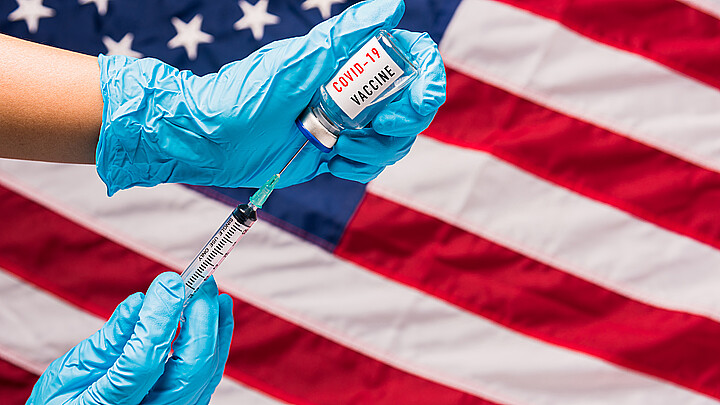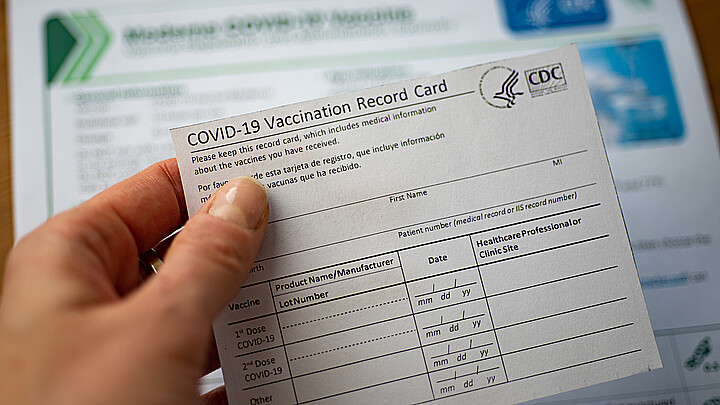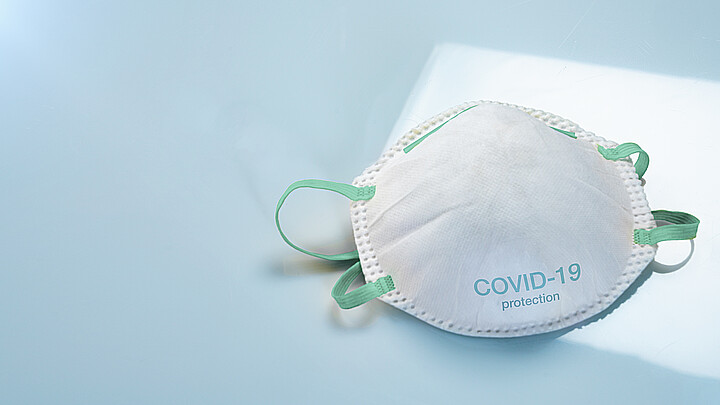Coronavirus
Large COVID treatment gap between whites and Blacks, Latinos, says new report
The disparities persisted despite repeated concerns from public health professionals that non-white communities were being neglected.
November 7, 2022 5:00pm
Updated: November 7, 2022 8:20pm
A study from the Centers for Disease Control and Prevention found that dramatically fewer Black and Hispanic adults were given Paxlovid, the leading antiviral medication for COVID-19, than whites.
During April to July, when the use of Paxlovid was highest, Black patients were prescribed the antiviral pills 35.8% less often compared to white patients, while Hispanic patients were given the treatment 29.9% less often compared to non-Hispanic patients, according to an analysis of 692,570 adult outpatients in the CDC’s weekly MMWR report.
The “serious racial disparities” in outpatient treatment persisted despite repeated concerns from public health professionals about a gap in care between white and non-white communities, reports The Atlanta Journal-Constitution.
Daniel Dawes, executive director of the Satcher Health Leadership Institute at the Morehouse School of Medicine, said he “wasn’t surprised” by the findings.
“We’ve known throughout the pandemic that these groups have been disproportionately impacted by comorbidities, from asthma to obesity,” he told AJC.
“We know that these older adults had the highest death rates and hospitalization rates. If that’s the case, why in the world do we continue to see the same results? Why have we not done a better job aligning the resources with the greatest need?”
The Paxlovid regimen is considered the most effective antiviral treatment for COVID, with tests showing that it cut the risk of hospitalization by 90%.
However, some patients who appeared to have been successfully treated by Paxlovid have redeveloped COVID symptoms afterward. Prominent relapses include first lady Dr. Jill Biden and CDC Director Rochelle Walensky.
The CDC researchers suggested multiple factors that may have contributed to the treatment differences, the main one being poverty.
“Limited access to treatment is particularly detrimental when patients need timely services, as is required for COVID-19 medication,” the report said, which also mentioned patients’ limited knowledge of treatment options, limited transportation and lack of internet access for telemedicine as possible factors.
Race and implicit bias were considered, both among health care providers and negative experiences by non-white patients, as were cultural factors like language barriers.










